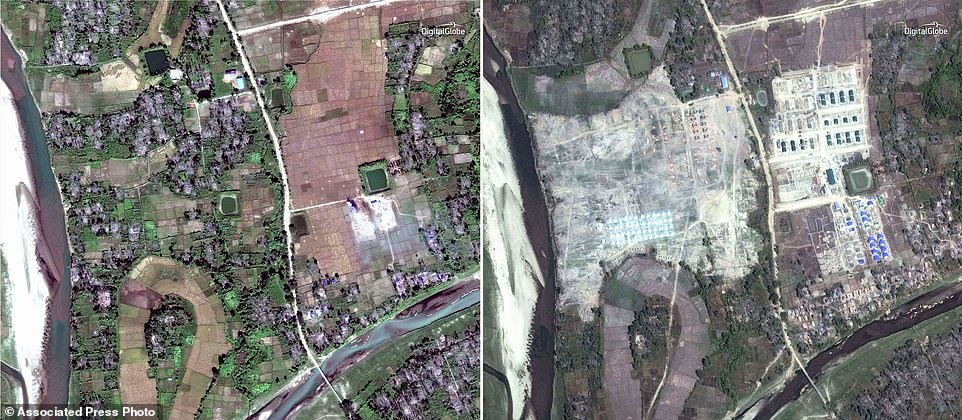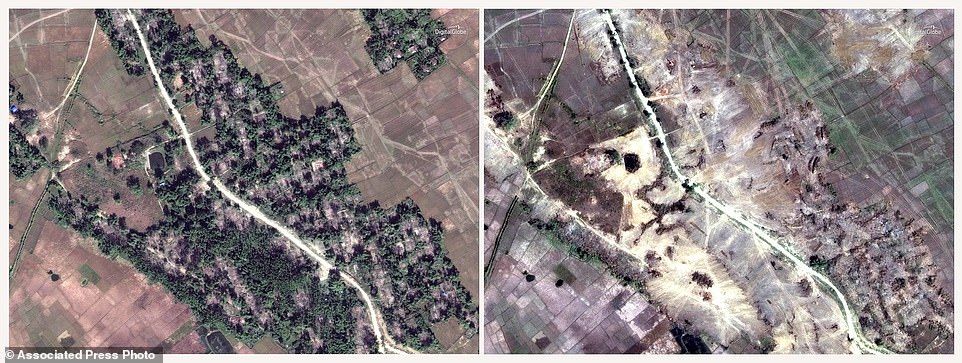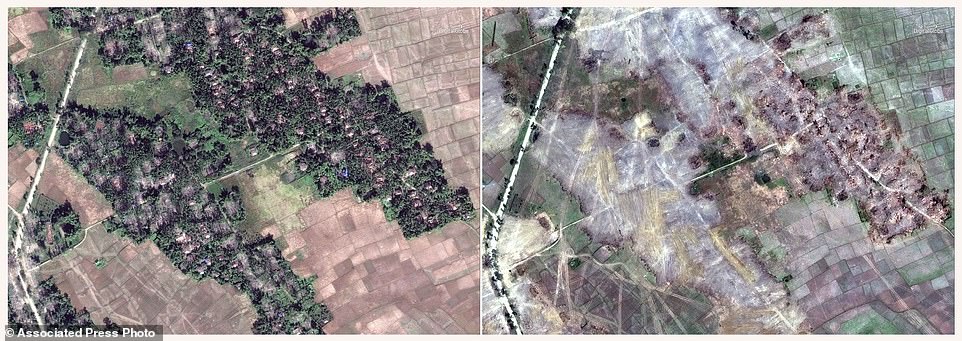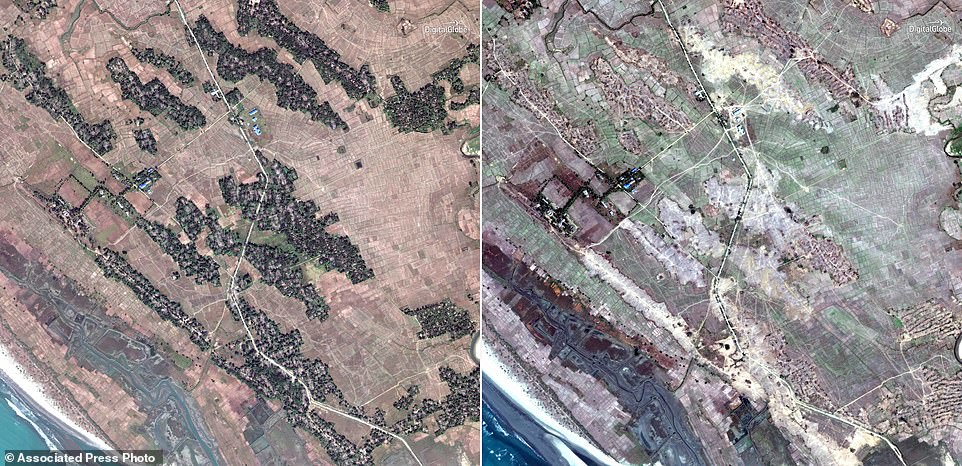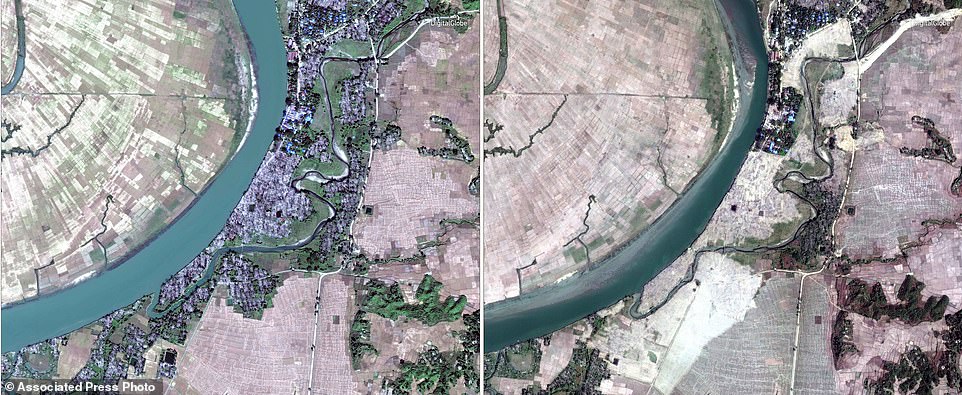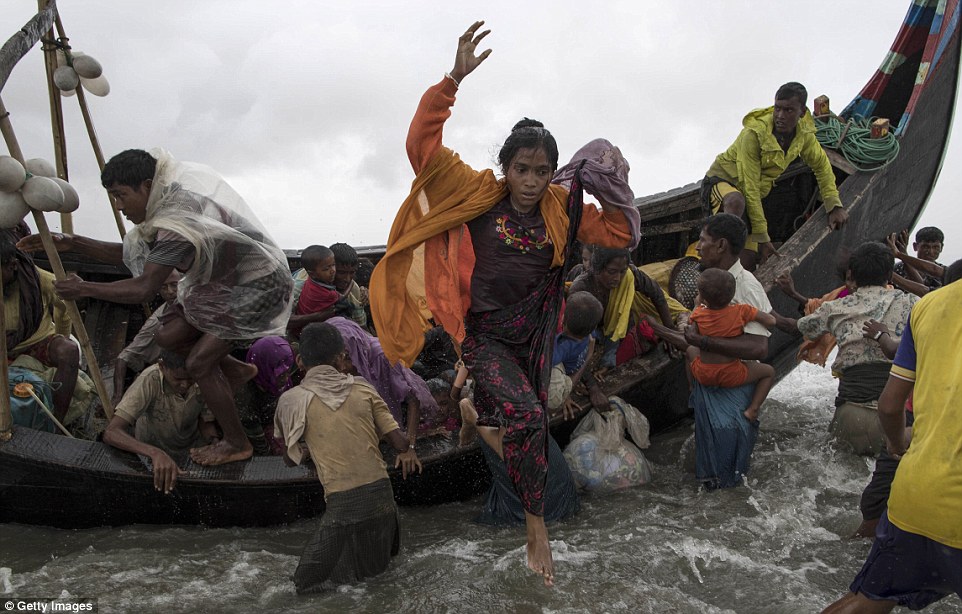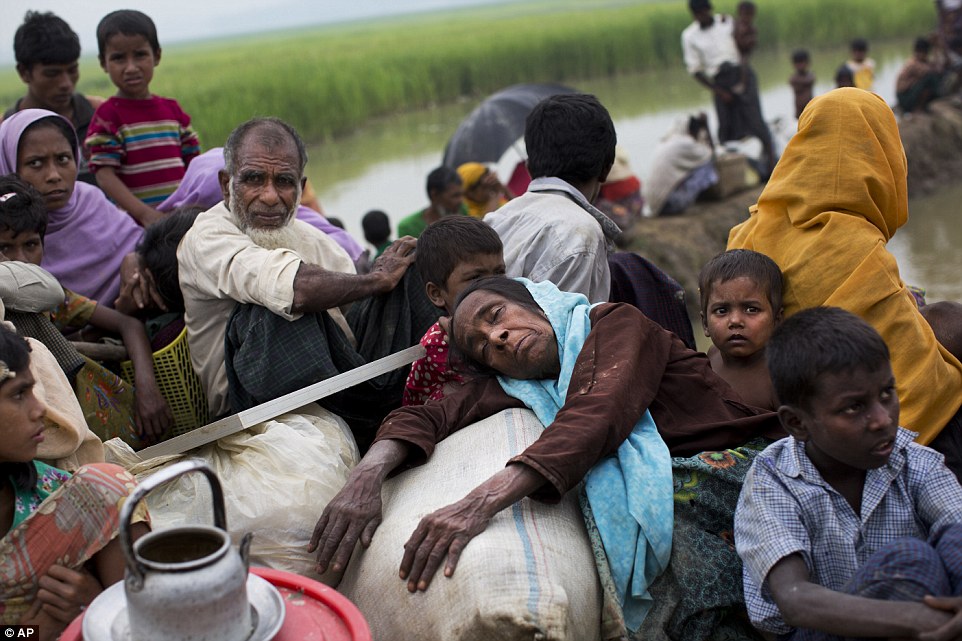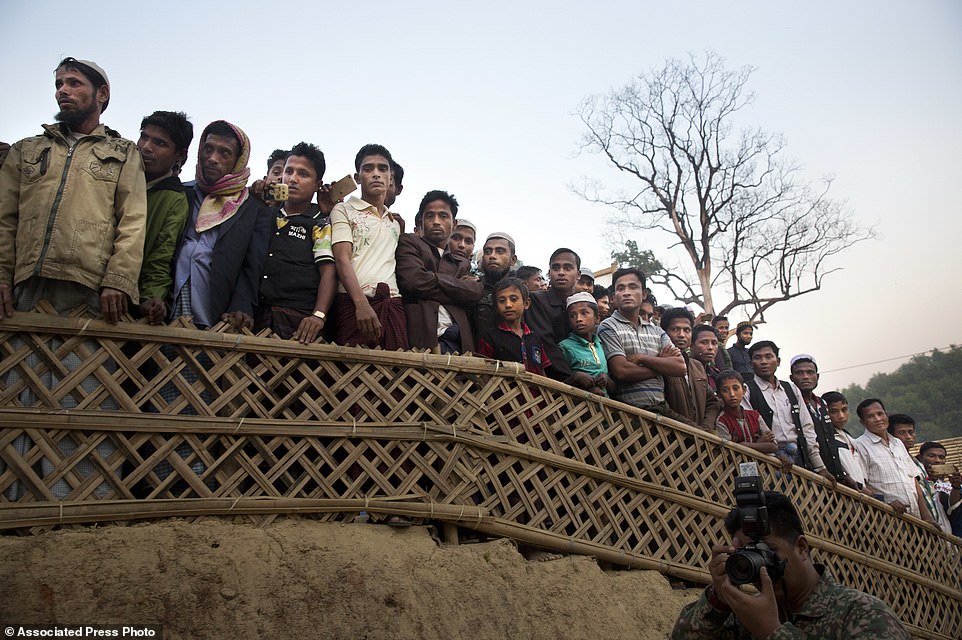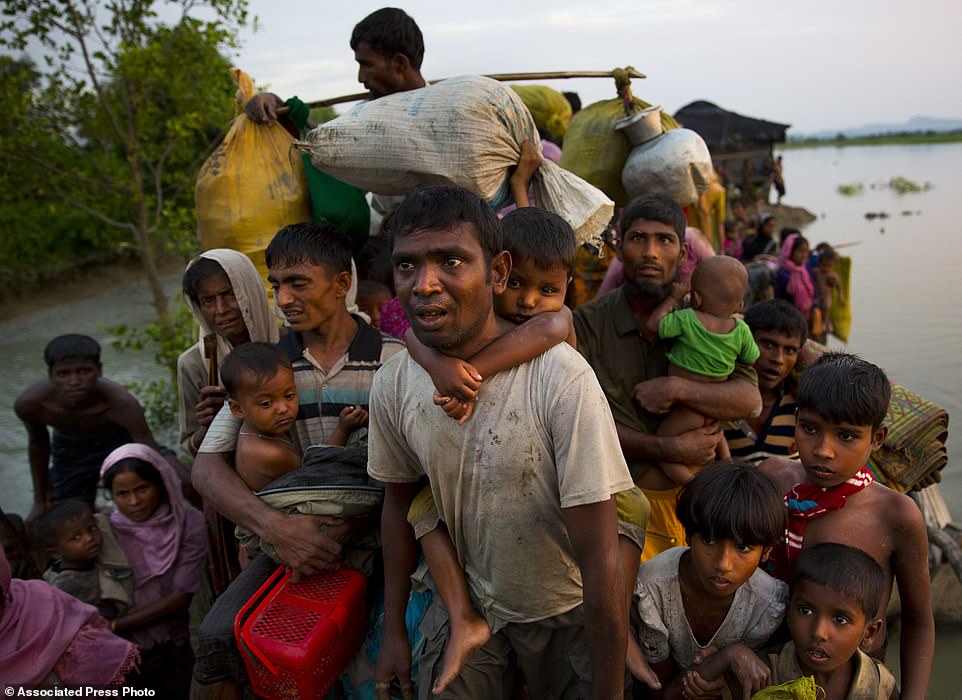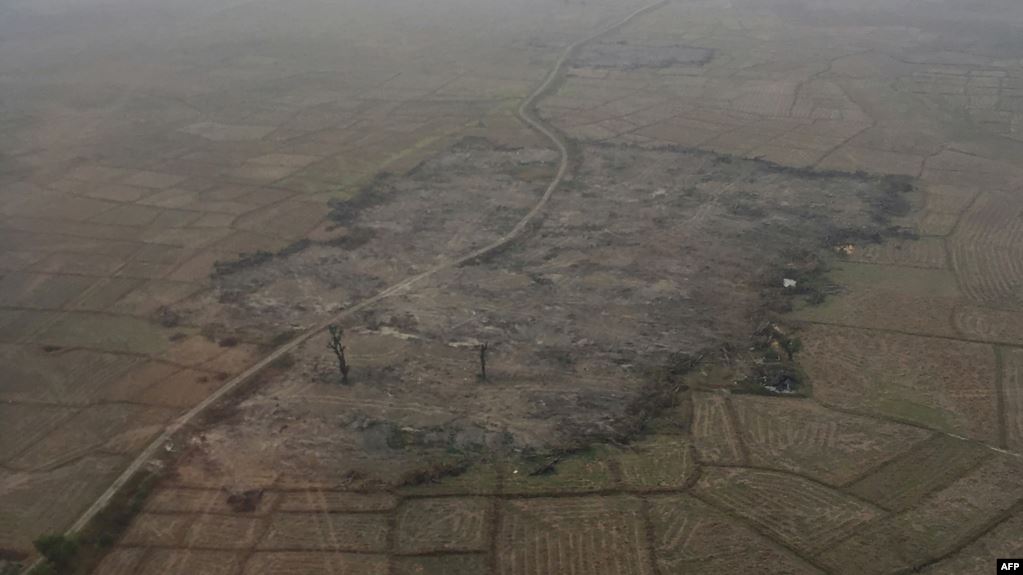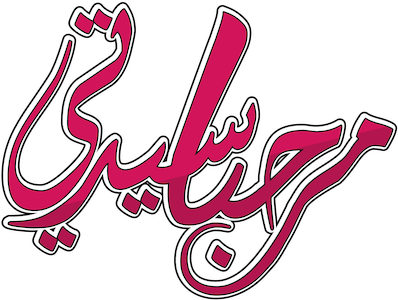اتهمت منظمة هيومن رايتس ووتش حكومة ميانمار بجرف عشرات القرى التي تم إفراغها من الروهينغا خلال الحملة العسكرية التي بدأت العام الماضي ضد الأقلية المسلمة في ولاية راخين شمالي البلاد.
وقالت المنظمة، مستشهدة بصور للأقمار الصناعية، إن ميانمار قامت بجرف المنشآت والغطاء النباتي في 55 قرية على الأقل باستخدام آليات ثقيلة منذ 2017.
وقال مدير الشؤون الآسيوية في المنظمة براد آدمز: “كانت الكثير من تلك القرى موقعا لفظائع ضد الروهينغا وينبغي الحفاظ عليها لكي يستطيع الخبراء المعينون من قبل الأمم المتحدة توثيق تلك الانتهاكات وتقييم الدليل بالشكل المناسب لتحديد المسؤولين عنها”.
وأضاف أن “تجريف هذه المناطق يهدد بمحو الذاكرة والادعاءات القانونية للروهينغا الذين عاشوا هناك”.
ونشرت المنظمة فيديو لصور ملتقطة بالأقمار الصناعية للقرى التي تم تدميرها في عام 2018:
وكانت حكومة ميانمار قد زعمت سابقا أنه يتم تجريف تلك المناطق من أجل بناء طرق ومنازل محسنة.
وفر ما يقرب من 700 ألف من الروهينغا إلى بنغلاديش منذ 25 آب/أغسطس، بعد أن شنت ميانمار عمليات أمنية واسعة وصفتها الولايات المتحدة والأمم المتحدة بأنها ترقى إلى التطهير العرقي.
وحذرت منظمة الأمم المتحدة للطفولة (يونيسف) الجمعة، من تعرض عشرات آلاف أطفال الروهينغا في مخيمات اللاجئين ببنغلاديش إلى خطر الإصابة بالأمراض مع بداية موسم الأعاصير في الأشهر القادمة.
